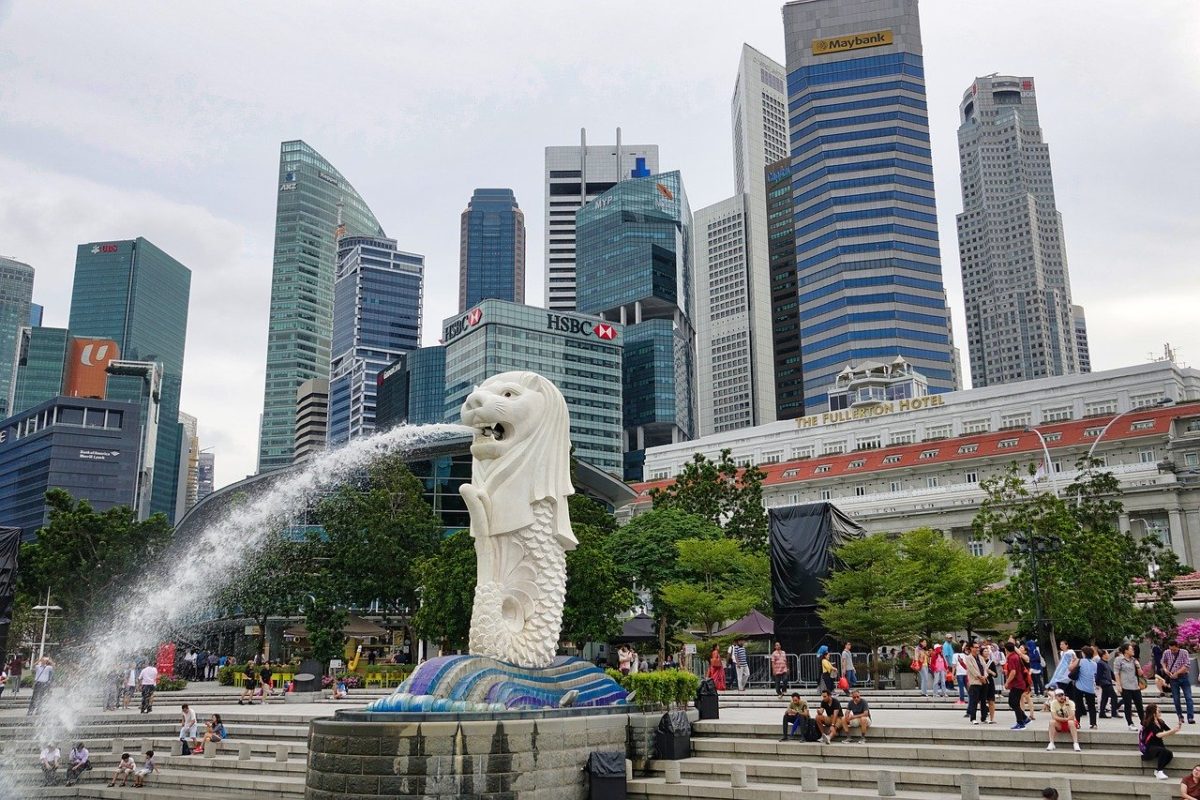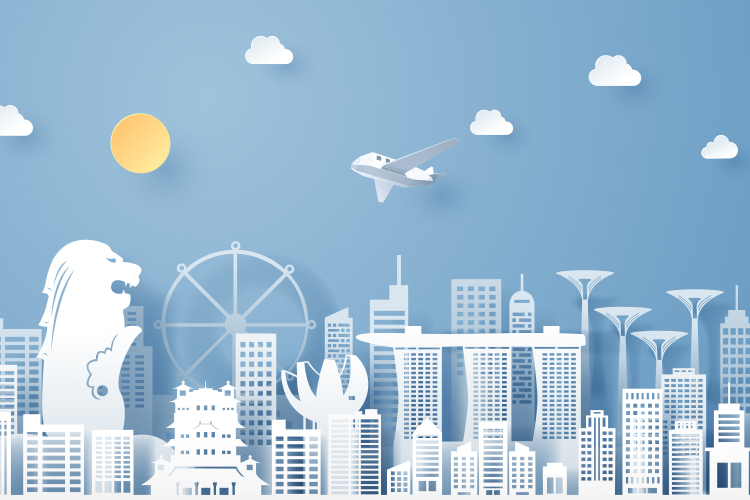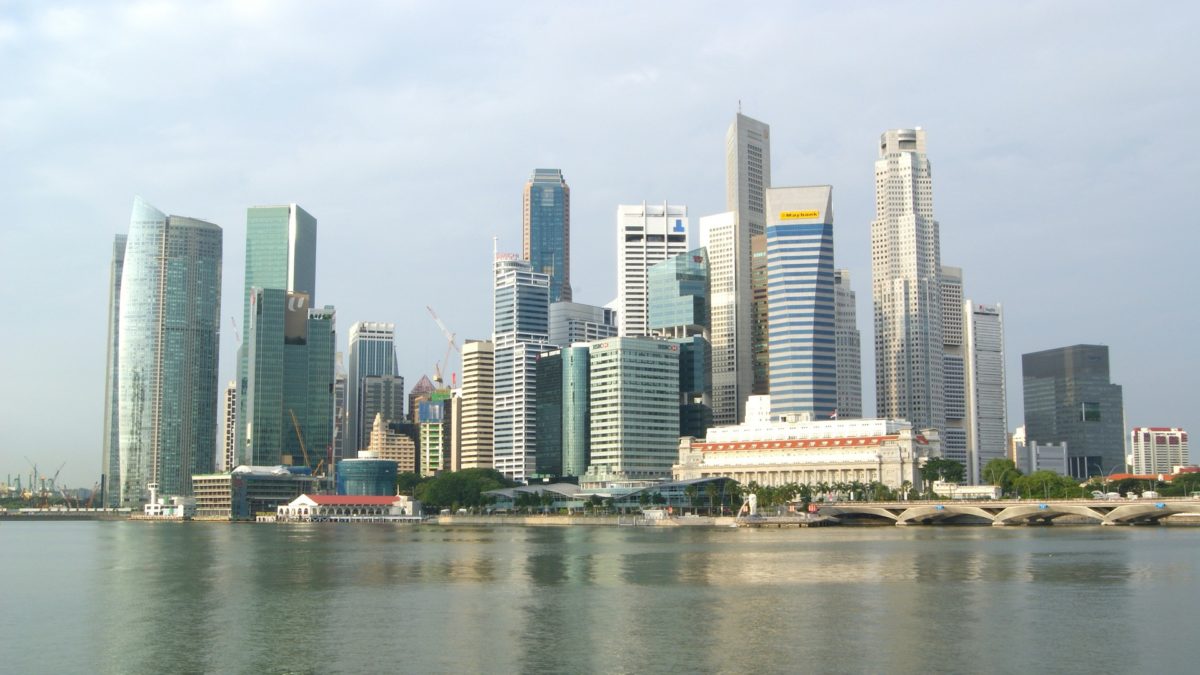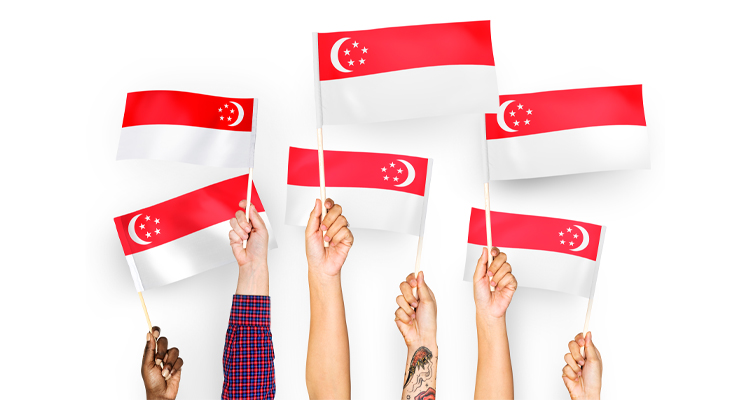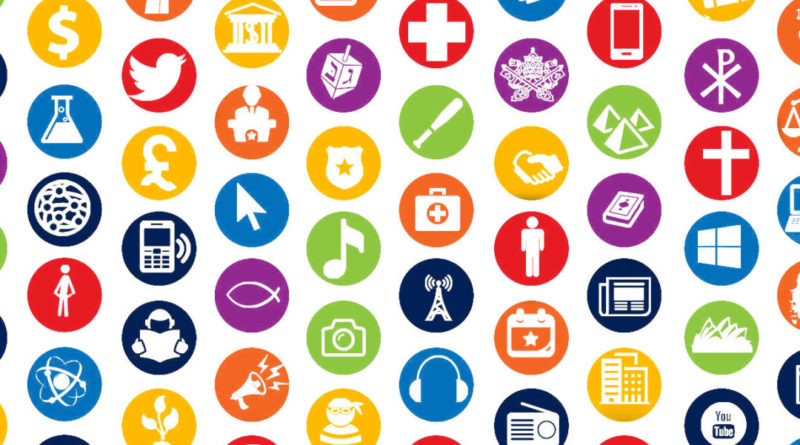Greed is a concept which suggests that one consumes or takes more than what is required. Survivalists support the concept of greed, stating that it is a practical solution in today’s world. There are others who believe that greed is immoral and selfish. Die-hard Singaporeans will swear that greediness runs deep in Singapore. It can be said that some segments in society are greedier than others but greediness is not rampant in Singapore. In fact, there are measures in place to counter the detrimental effects of greed within Singapore.
Greed is a natural human tendency, but some people take it further than needed. Dr Tan Gek Young sold more than 2300 litres of cough syrup to drug abusers just for profit-making. His actions proved that greed to earn extra money was more important than the lives of his patients. Similarly, the Sim Lim Square incident clearly shows the greediness of Mobile Air owner Jover Chew who sold phones at a higher rate to a Vietnamese tourist. Such incidents portray Singapore as an overindulgent society where people care to serve only their self-interests. Thus, greed can be seen in some sections of society where people care about profit more than morality.
It is well documented that the majority of Singaporeans have a kiasu mentality. They believe that having more is better than less. This is especially true in the case of educational qualifications. Singaporeans develop a high level of competitiveness for getting into reputed universities and polytechnics. However, chasing good educational qualifications is not a bad thing as it is a stepping stone towards success. This mentality of getting top grades from top universities is normalised in Singapore. Thus, it is clear that greed is considered normal even in educational achievement.
Success comes at a price. The cost of living is high in Singapore compared to other Asian countries. This also leads to materialistic tendencies in the population. Owning houses in private condominiums and driving luxurious cars are seen as status symbols. The rich are revered in society and are appreciated and admired for the wealth they have accumulated. Pragmatism which is taught at a very young age to children makes them believe that being wealthy translates into happiness. The idea of being rich and successful is a constant motivation for being greedy. However, it is not all that bad because it shows that Singaporeans are more aware of their financial goals and strive to improve their situation. Thus, being greedy to achieve financial goals is not bad until it has detrimental effects on society.
However, on the flip side, there are also counter-measures being taken within the Singaporean society to tackle the issue of greed. Government has been very helpful in assisting people who take care of the elderly in their homes. Singapore is a welfare-oriented oriented nation today compared to earlier times. Moreover, businesses today are also committed to bring change within society. For example, Boxgreen Singapore, a snacking company, donates a portion of the proceeds from the sold snacks, to provide meals for the needy. In this way, they allow compassion to dominate greediness. Moreover, they not only help the poor but are also mindful about the environment and use recyclable packaging. The growth of such assistance policies and businesses show people within the society an alternate way of living, which is filled with empathy and compassion. Therefore, even though greed is prevalent in the Singaporean society there are counter-measures in place to tackle the issue.
Any modern metropolis will have its share of greed. This factor is inbuilt in capitalists systems. So, greed is evident in the Singaporean society in various sections. In education, businesses and even in individuals. However, to balance out the situation there are private and government entities that play an important role in countering these issues. Singaporeans pragmatism leads them to be greedy in some areas however, they are not too greedy for their own good.

